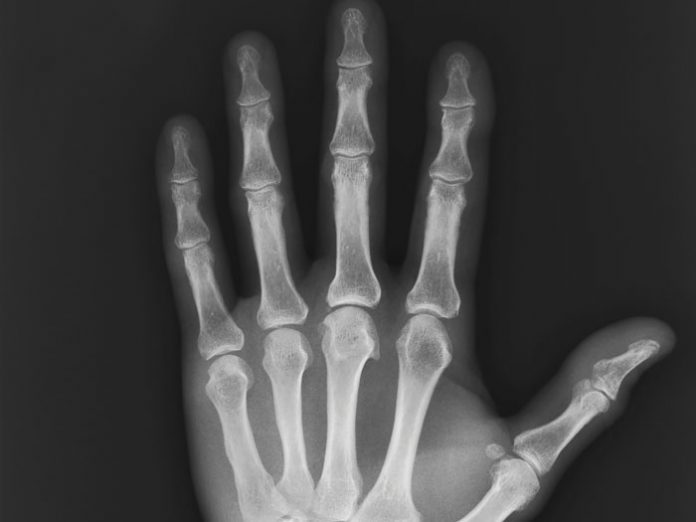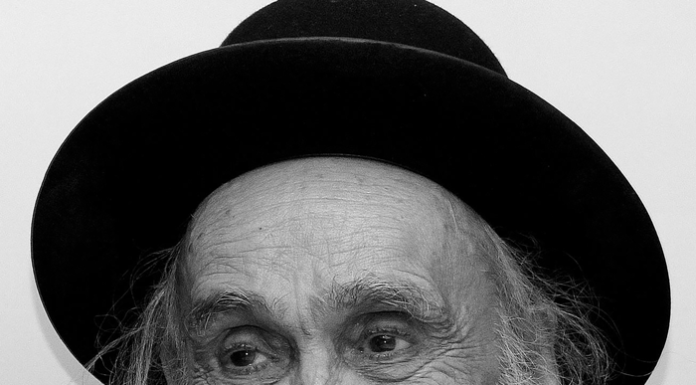It all began in 2008, when Miriam began experiencing pain in the joints of her thumb and forefinger. Before long, she realized that the whole area hurt so much that she couldn’t do everything she wanted to. She suspected that she was suffering from carpal tunnel syndrome, but the tests ruled that out. An orthopedic surgeon diagnosed her with osteoarthritis in her left hand.
Osteoarthritis is a form of arthritis that causes the breakdown and eventual loss of the cartilage of the joints, making them painful and stiff. The exact cause isn’t known, but previous joint problems, overuse of an injured joint, age, obesity and family history can increase the risk.
Osteoarthritis is a long-term condition. Aside from some helpful measures that may alleviate or slow the condition, there is no cure. So other than declaring Miriam doomed, the doctor could offer her no solution.
A few months later, thinking there was little to lose, she decided to visit an occupational therapist who was popular in the community. The first thing the therapist did was to measure her for splints so that her arm would remain frozen in place, thereby avoiding aches and pains. The splint went from the elbow to the wrist, over the thumb and part of the hand. In short, Miriam was left with little use of her hand.
Alas, as is common, it didn’t take long for the pain to spread to the other hand too, leaving that arm stuck in a restrictive splint as well. Then only 55 years old, this sprightly, busy bubby who worked full-time in a local boys’ school, found her hands—er, arms—tied. And she had to hang up her apron too. Try cooking or schlepping groceries with your arms jammed into elbow-high splints. Let’s not even attempt to envision getting dressed, brushing your shaitel or tying your shoes.
But doctor says, patient does. Like a good girl, Miriam wore the clunky splints around the clock, even though sleeping with them was mighty uncomfortable. Her life literally ground to a halt. She couldn’t cut a simple salad; when they didn’t eat out—the new normal—her husband would do the cooking and the shopping. And disposables now graced their Shabbos table.
If it was hard when the doting grandmother couldn’t hold her precious newborn grandchildren—because the splint would hurt them—it was “hands-down” the lowest point to have to sit at a wedding and have her sister sitting beside her to cut up her chicken. It certainly wasn’t funny when a tablemate teased if she needed a bib. Because—between you, me and the chicken —she did.
Now, all these years later, Miriam allows herself a chuckle, but those days were debilitating both physically and emotionally.
Aside from prescribing the splints, the therapist did some warming exercises with Miriam’s hands. Using a paraffin bath to soften and reduce the swelling, the therapist eventually discharged her patient, claiming that the exercises had done whatever they could and she was free to fly—albeit with her wings clipped, as she still had to wear the splints day and night.
All along, Miriam had been asking if there were any exercises she could do at home to repair or strengthen her hands, but she was told that there weren’t. With her hands out of use, Miriam tried to get on with her life, typing with one finger until the pain overwhelmed her and learning how to get dressed handsfree.
She never got started on taking pain medication for fear that it would become a lifelong habit, which was wise. She continued seeking a solution for her condition, and most of the doctors she visited recommended surgery. The procedure is a complicated one, whereby the bone is removed and either repaired or replaced, followed by a lengthy two years of recovery, after which the pain can linger even then. Miriam contacted a woman who had recently undergone this surgery but she talked her out of it, saying that she was miserable, still had intense pain and regretted having done it.
Miriam was at a loss what to do. She was in pain, but not 24/7. To operate or not to operate? To her, surgery was always a last resort, given that it comes with its own risks.
What does one do when one hits rock bottom? Miriam turned to her father. Doesn’t father always know best?





















